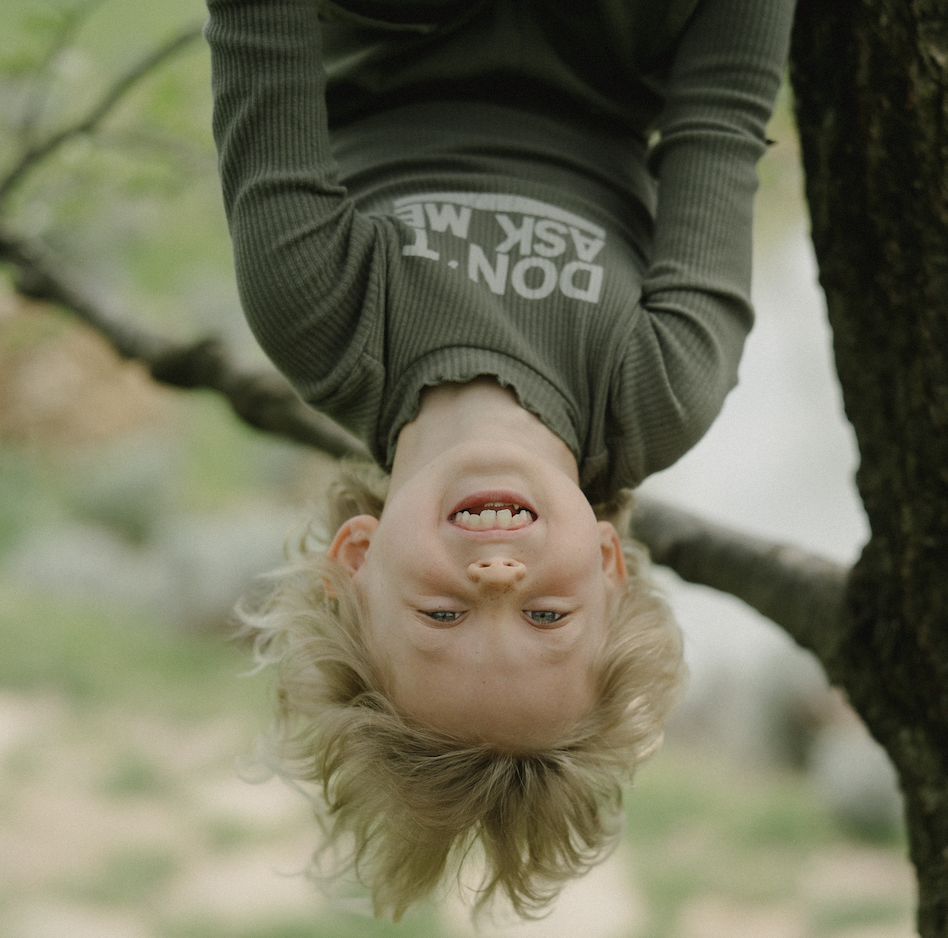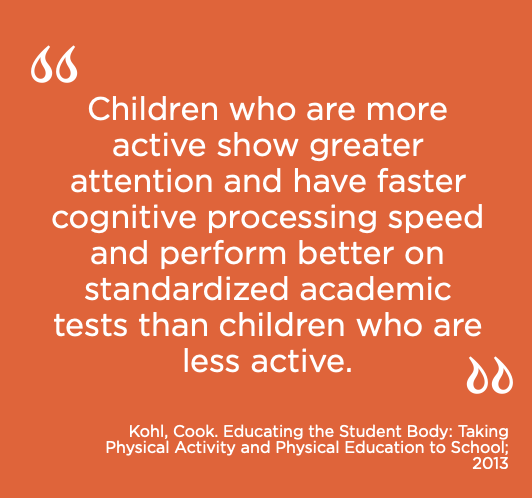It is a fact. For preschool and elementary-aged children, the results of poor sleep mean overly tired and cranky children who struggle to focus and follow directions making school no fun for themselves, their peers, and their teachers. The same challenges will arise at home.
Adequate sleep leads to happier children who are more able to learn and behave during the day. But actually getting them into bed can be an enormous challenge. So what leads to success? Consider these five:
- A predictable and regular bedtime. Children’s brains are wired for predictability, so creating a set bedtime and sticking to it feeds their brains what they innately crave. A schedule is also very comforting and helps children feel secure and grounded when they know what to expect and when. Furthermore, a schedule helps children understand time whether it is time to go to bed, or how much time is left before bed. Last, a schedule helps children develop their temporal awareness which is our ability to understand time, sequencing, patterning, and rhythms. This might be the time, sequencing, patterning, and rhythms of life (get up, have breakfast, brush your teeth, go to school), the rhythms, of language and math, or the steps that go into logic and noodling out problems. These are all vital skills for school, adulthood, and life. So set a bedtime and stick to it. (Hint: preschoolers need between 10 and 13 hours of sleep and elementary-aged kids need 9-11 hours. You can’t change what time they naturally wake up, but you can help them go to bed at a time that guarantees they get the sleep they need. So if your child wakes up at 6 or 7 am they need to be in bed around 8 pm.)
- A balanced dinner at a predictable time. Again, a schedule and plan lean into the developmental needs of a young brain, so having dinner at the same time helps ground children into predictable patterns which helps their brains feel safe. Giving children a balanced meal with a variety of proteins, carbohydrates and lots of vegetables and fruits feeds their bodies and brains what they need rather than empty calories that lead to sugar highs and lows. If children choose not to eat what is served, the most important thing is to avoid offering them an alternative or giving them an extra snack after dinner. It is guaranteed that they will not starve and expire before breakfast. We have a sign in our kitchen: “Dinner Choices: Take It Or Leave It.” Sticking to that meant fewer battles and no short-order cooking. Even better when dinner is with family, children are more likely to learn table manners, expand their palates as they watch what others eat, and participate in the cleaning chores afterward. (Hint: Cleaning chores like wiping down the table, loading the dishwasher, and clearing the table help build strength in arms and hands which makes learning to write easier).
- A warm bath after dinner. There is no getting around the fact that one of the self-care to-dos for wound-up adults is a warm bath. And it works for kids too. It helps the human body unwind because it lowers our core temperature and triggers our circadian sleep patterns telling our bodies and brains it is time to rest.
- A book. Regularly reading aloud to children right before bed can be part of that predictability but it can also help secure a larger vocabulary as children are exposed to ideas, concepts, and words through books. Reading aloud allows their brains to connect words and meaning, and helps them develop a curious and creative nature as they imagine what happens between the words and the pictures they see. On top of that, a magical bonding experience takes place when kids curl into our laps.
- Lots of physical play during the day. Kids who are sedentary and spend a great deal of time with a screen are not going to be able to fall asleep easily. Getting in lots of big-body physical play will help their bodies use energy and crave hard sleep.
Almost any parent who has managed to conquer bedtime is one who uses most if not all of these tricks. And they got results by buckling down, sticking to their plan, and holding fast through a few days of hard work to find the pot of gold at the end.



